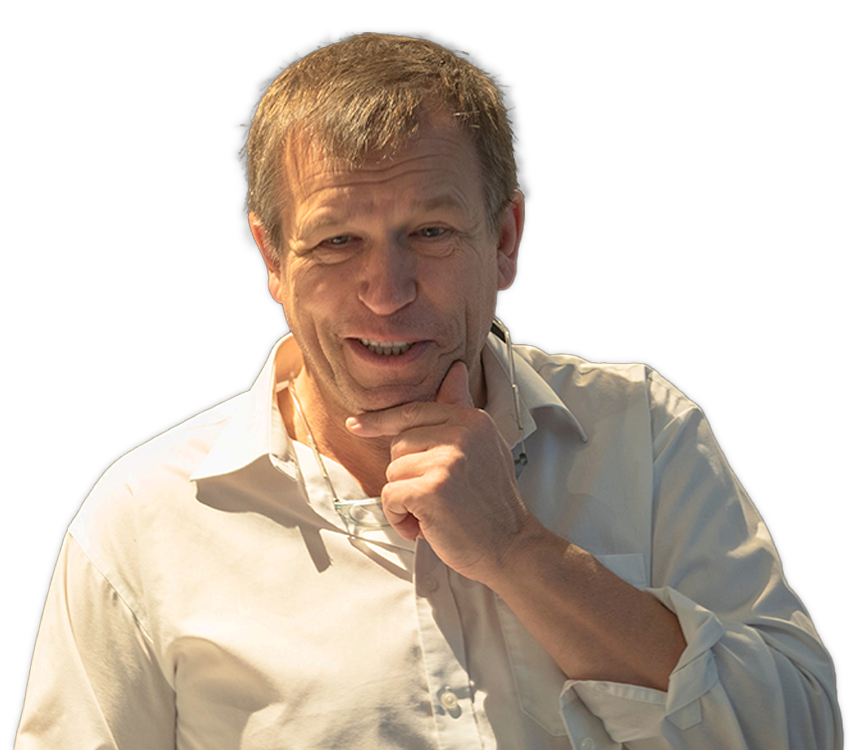Module I
Comprehensive Dental Examination and Occlusal Splints
August 22-23, 2025
About the course
This is not just another course on occlusion.
It’s a new approach to treatment.
Invest in knowledge that transforms your practice – and your clinical outcomes.
Start treating instead of just repairing.
Learn how to manage patients whose problems go beyond simple caries – tooth wear, headaches, temporomandibular joint (TMJ) dysfunction.
Master the skills to diagnose and plan treatment in a way that minimizes errors, builds trust, and delivers predictable results – regardless of case complexity.

Who is this course for?
For every dentist who:
• Works with analog or digital tools and wants to integrate both approaches, with an emphasis on analog learning and digital applications
• Wants to start using occlusal splints but doesn’t know where to begin
• Understands that lasting aesthetics and function in dentistry begin with proper diagnostics and functional analysis of the masticatory system
• Wants to provide comprehensive treatment without referring patients out
• Wants to develop treatment plans based on a deep understanding of the patient’s overall needs – not just their smile
For licensed dentists
Accredited by the Regional Chamber of Physicians and Dentists (WIL)
What will you learn?
Step-by-step comprehensive diagnostics
• How to conduct a meaningful medical interview – learn what to ask and how to ask to understand your patient’s problems and expectations
• How to perform a full examination: teeth – function – periodontium – aesthetics – pathology – airway – TMJ
Dental photography in clinical practice
• How to take a photo series that supports treatment planning, engages the patient, and helps them make decisions
• Hands-on exercises: each participant will take a full set of clinical photographs
Recording centric relation
• Learn how to find and register a stable condylar position
• Hands-on practice with both analog techniques and intraoral scanners
Diagnostic models – when and how?
• When to create analog models and when to use digital alternatives
• How to use a facebow for precise treatment planning
Patient typology – key to therapeutic success
• Learn to identify whether you are dealing with a “biological” patient needing basic care, or a “complex” patient requiring advanced treatment planning
Basics of smile design
• How to use digital tools to visualize treatment outcomes in a way the patient can truly understand
• Discover the power of smile simulations as tools for communication and motivation
Occlusal splints – in practice
• Which splint to choose for specific clinical situations
• How to fabricate, fit, and adjust deprogramming and full-coverage splints
• The role of splints in the treatment of temporomandibular joint dysfunction (TMD/TMJ)
Why is it worth it?
This course will not only expand your clinical skills but also help you avoid costly mistakes caused by incomplete diagnostics.
With the knowledge and tools you gain, you will:
– Diagnose occlusal and functional issues more accurately
– Take on more complex treatment cases
– Earn the trust of patients who expect real results and long-term outcomes
If you want to practice modern, functional, and aesthetic dentistry with a comprehensive approach – this course is for you.
🗓 Day 2: Diagnostic Process & Clinical Photography
09:00–11:00 – Patient Interview
How to take a history that truly matters – learn what to ask and how to ask it to understand the patient’s problems and expectations.
11:00–13:00 – Comprehensive Examination: Teeth – Function – Periodontium – Tumors – Airways – Aesthetics
Step-by-step approach to thorough diagnostics covering all key areas.
13:00–17:00 – Dental Photography
Learn how to take a series of photos that support treatment planning and engage the patient in decision-making. Includes hands-on practice: each participant will complete a full set of clinical photographs.
17:00–18:00 – Centric Relation
Learn how to locate and register a stable condylar position.
🗓 Day 3: Digital Tools & Occlusal Appliances
09:00–11:00 – Analog and Digital Models
When to use analog models, and when to switch to digital technology?
11:00–14:00 – Smile Design Basics and the Use of Digital Technology
How to use digital tools to visualize treatment outcomes in a way patients truly understand.
14:00–18:00 – Occlusal Splints
Which splint to use in specific clinical situations?
Sign up now
PAYMENT
until July 20, 2025
10 500 PLN
2250 EUR
PAYMENT
after July 20, 2025:
11 500 PLN
2450 EUR
Do you have any questions?
Call +48 508 561 070 or write to biuro@akademiadawsona.pl